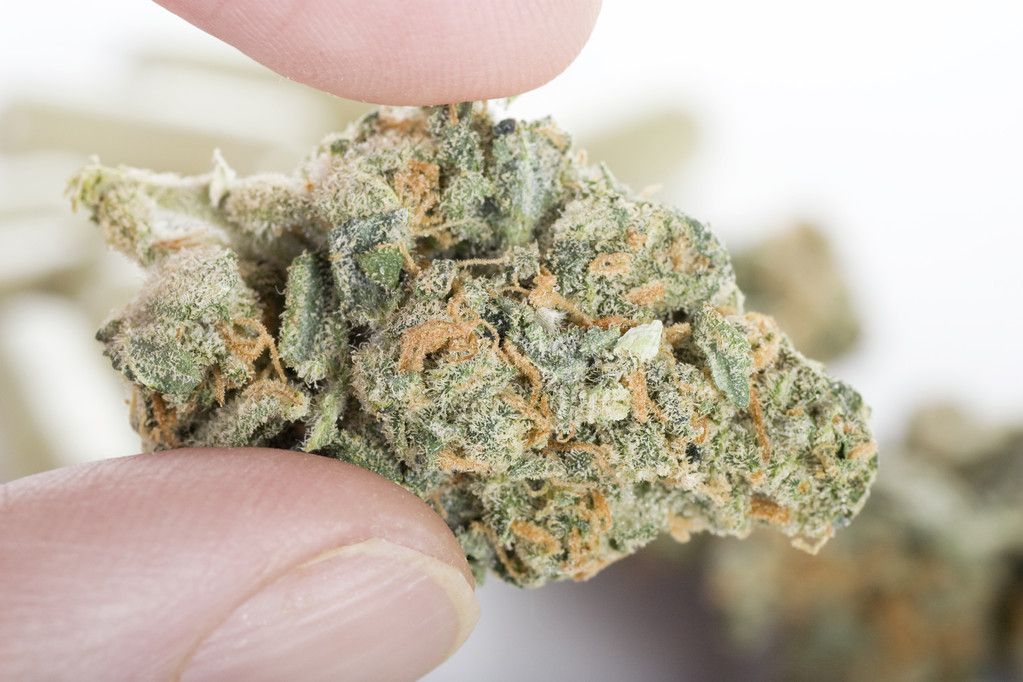The DEA has confirmed it’s conducting a review of marijuana’s scheduling status; here’s a look at the most likely outcomes.
 Currently, marijuana is a Schedule I drug under the federal Controlled Substances Act, making it illegal for all purposes. After a nearly year-long review prompted by an executive order from President Biden, the Department of Health and Human Services (HHS) sent a letter to the Drug Enforcement Administration (DEA) in August asking them to move marijuana to Schedule III. This would put marijuana in the same class as drugs such as ketamine, testosterone and codeine, making it available for prescription use nationwide.
Currently, marijuana is a Schedule I drug under the federal Controlled Substances Act, making it illegal for all purposes. After a nearly year-long review prompted by an executive order from President Biden, the Department of Health and Human Services (HHS) sent a letter to the Drug Enforcement Administration (DEA) in August asking them to move marijuana to Schedule III. This would put marijuana in the same class as drugs such as ketamine, testosterone and codeine, making it available for prescription use nationwide.
In recent remarks an official with the DEA confirmed that the agency is “in the process” of making a final decision on marijuana’s scheduling status, which is entirely in the hands of Administrator Anne Milgram. The official said Milgram “will make a decision on where to place it – whether to change it or whether to remove it”.
Although no specific timeline has been given on when the DEA could decide on the issue, a decision could come any day now, with many believing it will come before the November election (polling shows President Biden will receive an 11% favorability boost if marijuana is rescheduled).
That being said, here are the three most likely outcomes of the DEA’s review:
-
1): Marijuana is moved to Schedule III
HHS is recommending marijuana be moved to Schedule III. Given the recommendation is what prompted the DEA’s review, this is likely the option that’s been given the most consideration. It’s also the option that Vice President Kamala Harris says should happen “as quickly as possible”.
A move to Schedule III would not legalize marijuana, but it would allow doctors to prescribe it in all 50 states, while giving medical marijuana patients and state-legal businesses numerous federal protections and rights they don’t currently have.
Many marijuana reform advocates see a move to Schedule III as far from ideal, but an undeniable step in the right direction.
-
2): Marijuana remains in Schedule I
Despite HHS’s recommendation, and despite calls for rescheduling from President Biden, Vice President Harris and numerous lawmakers, Administrator Anne Milgram is under no legal obligation to reschedule or deschedule marijuana. This means that it’s entirely possible that the agency could decide to keep marijuana as a Schedule I drug, retaining the status quo. President Biden could decide to put pressure on Milgram or even fire her, but it seems unlikely given the potential political ramifications.
-
3): Marijuana is descheduled (aka removed from the list of controlled substances)
Another possible option, albeit one that’s less likely, is that the DEA deschedules marijuana entirely. This would end federal marijuana prohibition, giving states the authority to determine their own marijuana laws.
In October a bipartisan coalition of 31 members of the US House of Representatives sent a letter to the DEA urging them to take this approach and deschedule marijuana. In January, a group of 12 members of the US Senate sent a similar letter calling for marijuana to be descheduled.
In the House, legislation to deschedule marijuana has 87 sponsors, more than any other marijuana-related bill in US Congress other than the SAFE Banking Act, indicating that the move clearly has some political support.
Other possible options
Although it’s unlikely, technically the DEA could also move marijuana to Schedule II, putting it in the same category as cocaine and oxycodone. This would make it far more regulated than if it’s in Schedule III, but still legal in certain medical circumstances. They could also move it to Schedule IV or V, making it less restrictive than Schedule III, but still heavily controlled and regulated. Schedule IV includes drugs such as Xanax and valium, with Schedule V including drugs such as diazepam and triazolam







